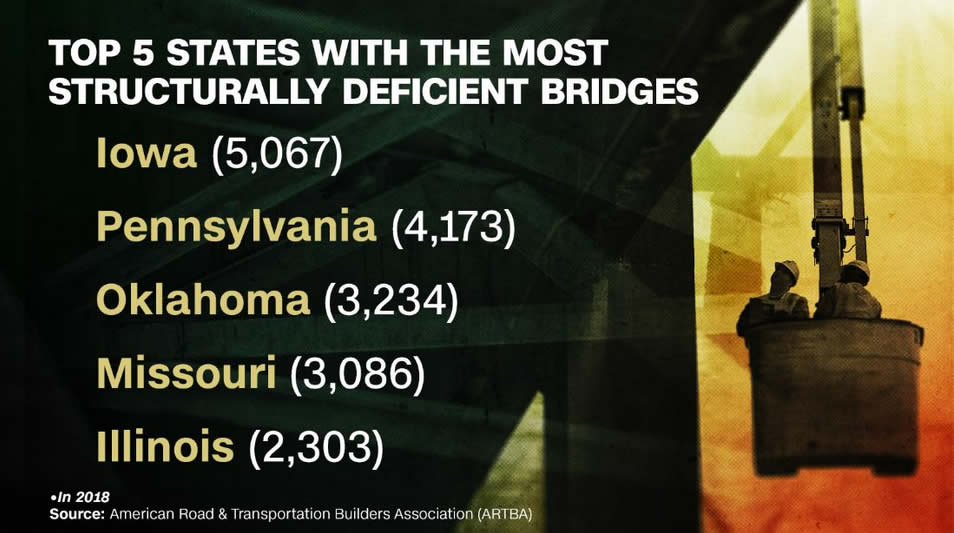Communication experts often say, “When you’re communicating during an emergency, always think about what you’d say to your mom. What information would she need the most? How would you explain it to her? What would you need to know for sure before you told her? And just how far would you go to reach her?” When Hurricanes Irma and Maria hit the U.S. Virgin Islands (USVI) in September 2017, this wasn’t just advice for Nykole Tyson. Nykole is the USVI Department of Health’s (DOH’s) Director of Public Relations. She serves as the DOH spokesperson and emergency communicator. Like all of USVI’s responders and government officials, she is a survivor who was impacted by the storms. Nykole’s home had water and roof damage and she was without water or power for four months. “I caught rain water in barrels and used solar lights sent to me by friends living stateside,” Nykole said. She lived on a cot in her office in the DOH for several weeks between and after both storms. . The storms destroyed most of the territory’s communication infrastructure, making both personal and mass communication nearly impossible. Nykole was unable to reach her own family for four days after the second hurricane. However, within hours of both storms, she was on the radio talking to her community about how to stay safe, find shelter, and stay strong. Nykole wasn’t just talking to the public, she was talking to her neighbors, her community, her family, and even her mom.
Greetings and welcome to beta launch of the Resilience Engineering Institute (REI) website.
We created REI with a vision of democratizing resilience knowledge for the benefit of public health, safety, and well-being. Our mission is to refine resilience concepts and make resilience knowledge accessible to anyone and everyone. This website is our primary method for achieving this mission by sharing resilience knowledge with the public and providing tools and resources for research and industry experts. We welcome feedback and critique for improving our website towards these goals.
Source: CNN
The latest figure comes from a report by the American Road and Transportation Builders Association, a group that advocates for strong investment in transportation infrastructure. Using data from the Federal Highway Administration, the group releases an annual Deficient Bridge Report.
This year’s report, looking at data from 2017, found:
- There are 612,677 bridges in the United States.
- Of them, 54,259 are “structurally deficient,” which means they have at least one key structural element in poor condition.
- That’s almost 9% of all US bridges, and the figure includes famous ones like the Arlington Memorial Bridge and the Brooklyn Bridge.
- Americans cross these structurally deficient bridges 174 million times each day.
The report found that the largest number of defective bridges are in:
- Iowa
- Pennsylvania
- Oklahoma
- Missouri
States with the smallest number of structurally deficient bridges are: Hawaii Delaware Nevada
What it means to be structurally deficient
Bridges are regularly rated for safety on a scale of 0 to 9, with 9 meaning “excellent.” In order to be considered structurally deficient, one of its major components must measure 4 or below. Being structurally deficient does not necessarily mean that the bridge is unsafe, but it does mean it’s in need of repair. Repairing the deficiencies is critical. Deteriorating bridges can lead to road closures…
Author: Erik Hollnagel Technical note publication date: 2015
Erik Hollnagel introduced the Resilience Analysis Grid as a method for accessing the resilience of a system by determining how it may perform in both known and unknown conditions.Hollnagel presents four capabilities or potentials that must be present for a system to exhibit resilient performance: 1) the ability to respond based on knowing what to do; 2) the ability to monitor based on knowing what to look for; 3) the ability to anticipate based on knowing what to expect; and 4) the ability to learn based on knowing what has happened. Because the four abilities make resilience performance possible, the resilience of a system can be assessed by identifying the extent to which each of the four abilities are present and supported in the system.

